ASUS EBP15 Software and Setup
Logging into the device, you connect a cable to port 4, and then access the device at a static IP address of 192.168.1.50 (subnet 255.255.255.0). Once there, you are greeted with a change password settings at the first login. You also have to click through a few privacy notices.
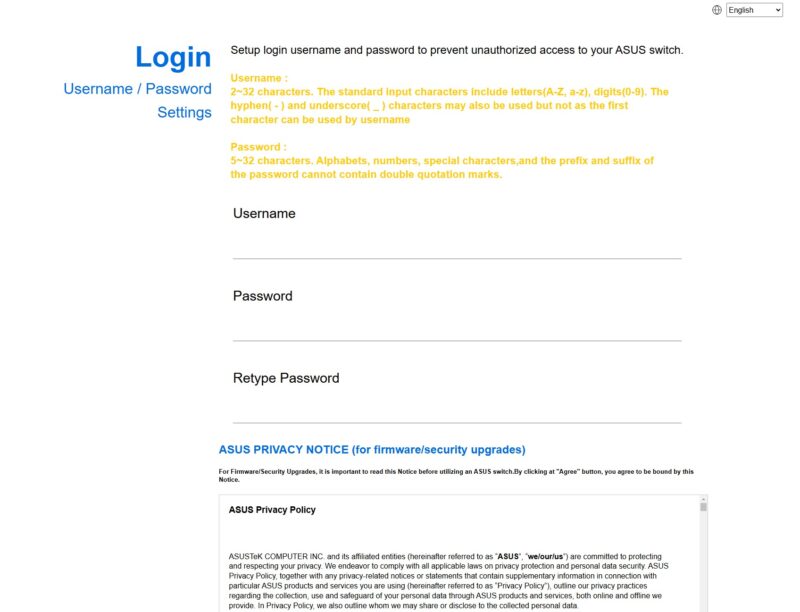
Once there, you have a fairly basic web management setup.
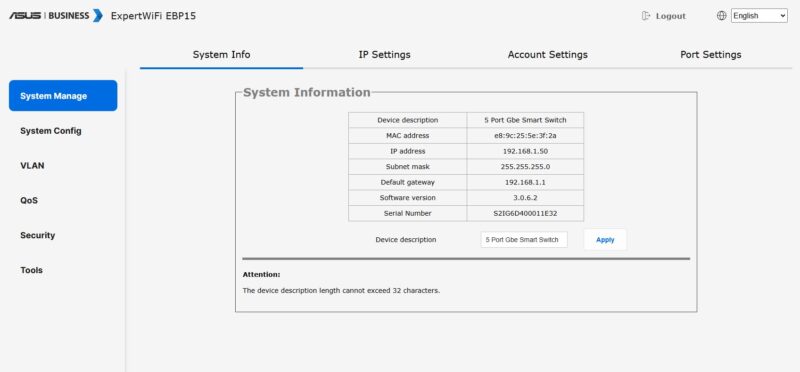
You can select VLANs over the web UI.
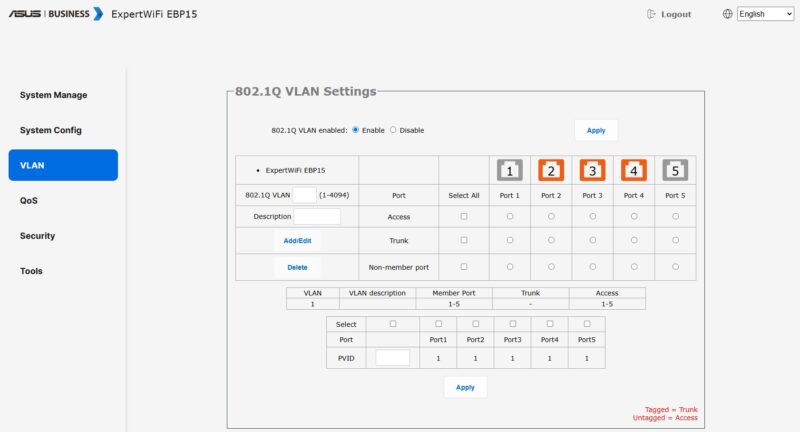
There are some basic QoS features, even in the QoS Advanced tab.
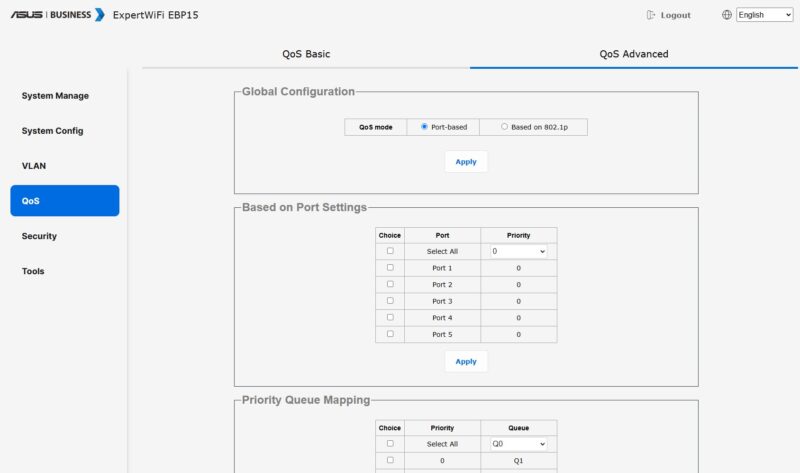
This is probably not the biggest ask in a 5-port 1GbE switch, but you can do things like port mirroring.
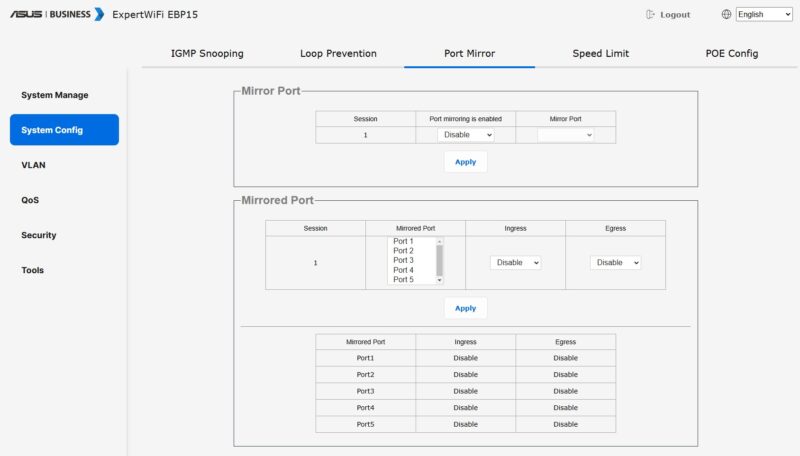
One of the more important features here is the POE Config menu. This lets us do a few nice things like pick the priority, in the event you have a few high-power devices and want to prioritize.
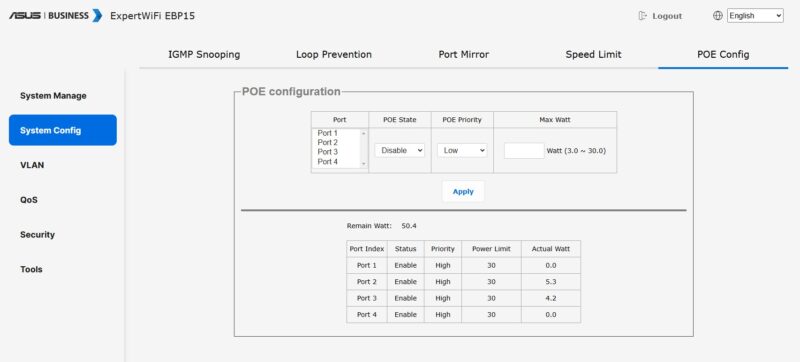
It also lets you see your power budget and how much is being drawn by PoE devices. For example, we have a dual PoE camera setup on Port 2 and the ASUS EBA63 WiFi AP on Port 3 and we are only using around 10W with around 50W of PoE power budget available for the other two ports. You can also toggle the PoE state here so if a camera freezes or you need to reboot an AP, you can do that remotely.
There is something that does not show up in screenshots, but we should note. The web interface is not fast. Or better said, it is quite slow. We get that in low-power devices you can only get so much compute and memory, but it felt like loading a web page in 1994 on a 14.4K modem even though it was connected to a fast PC.
Next, let us get to the power consumption.

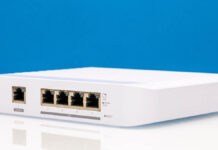
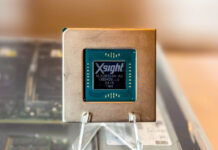
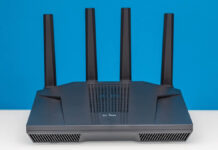
Reminds me (a bit) of a pair of switches I’ve had since 2013 – Asus GX-D1051, 5 port gigabit switches. Extremely low power, 12V 0.5A on the adapter, and just work…for years. Toss em behind a desk or in a closet. Mine are plastic-housed though, no POE, no manage.
Looks like a nice alternative to the IP-Com G1105PD (100x100mm) or the Netgear GS105PE, except that these two are powered by PoE themselves, so don’t use an external power supply. But because of that their PoE output is limited depending on the upstream switch powering them, so having an external power supply like the one in this article would be quite useful while keeping the similar sized form factor.
Asus also sells the ‘ASUS ExpertWiFi EBG19P’, that does routing and PoE+ (123w) in one box.
We have that one as well Wahle. Future piece.